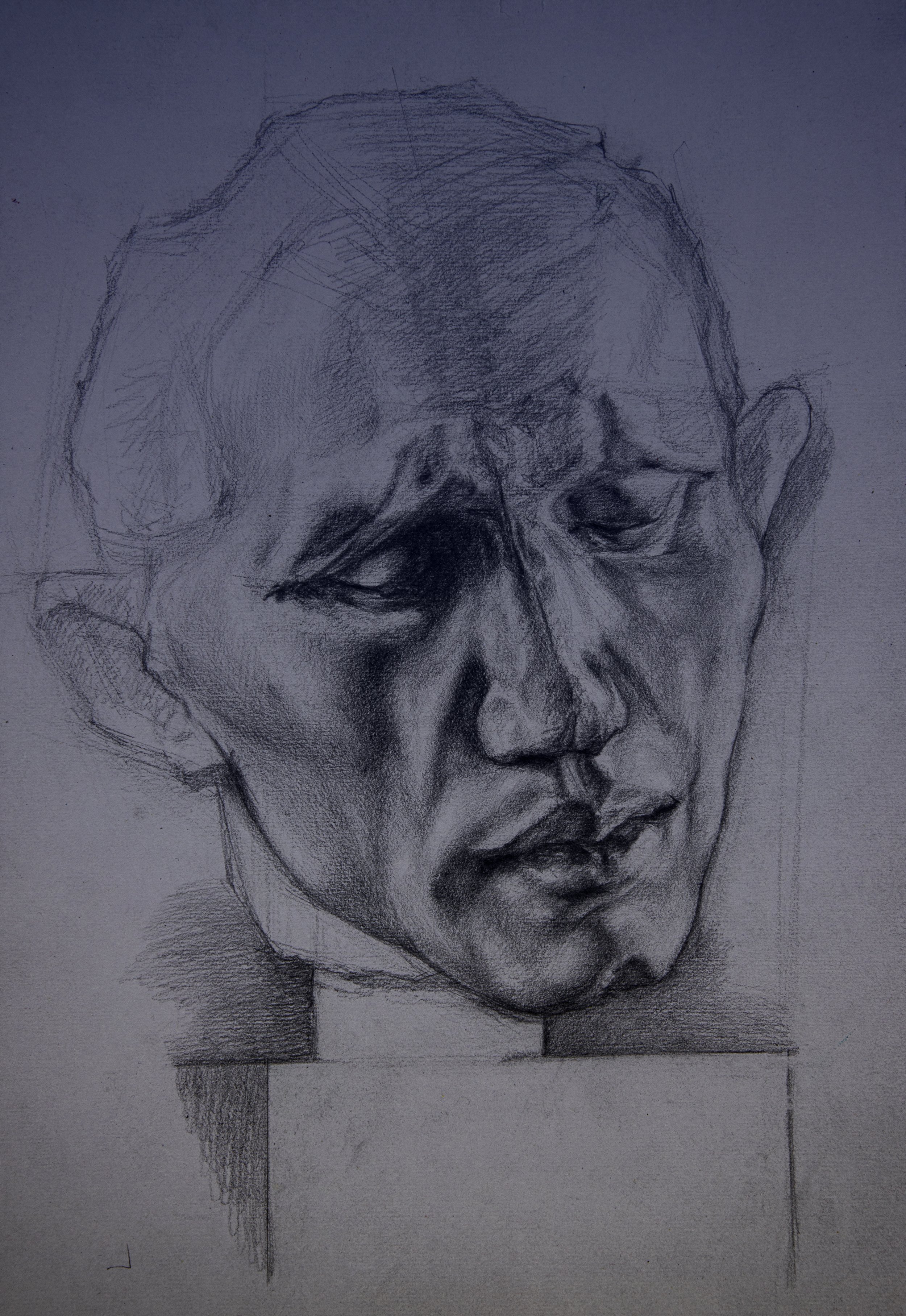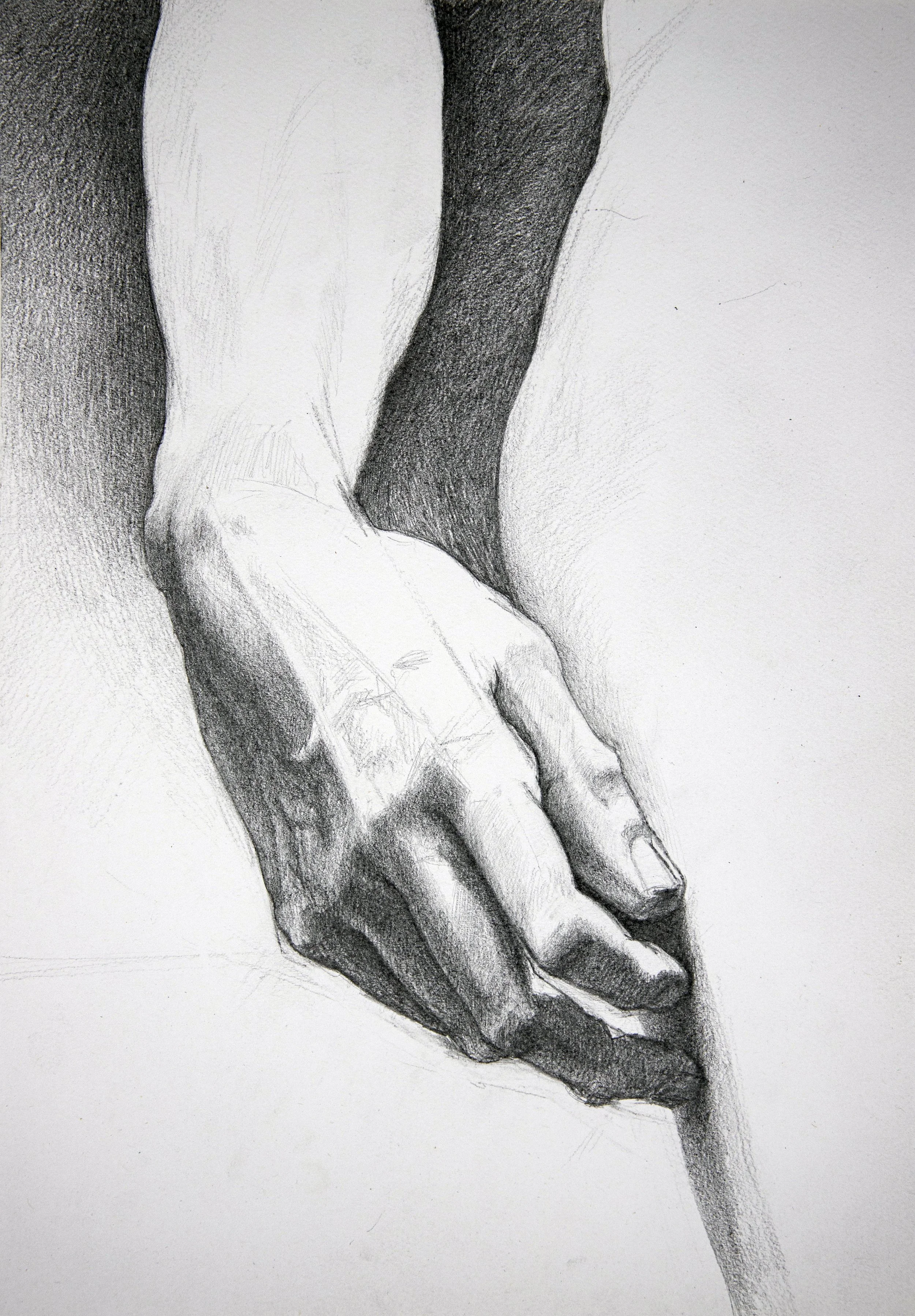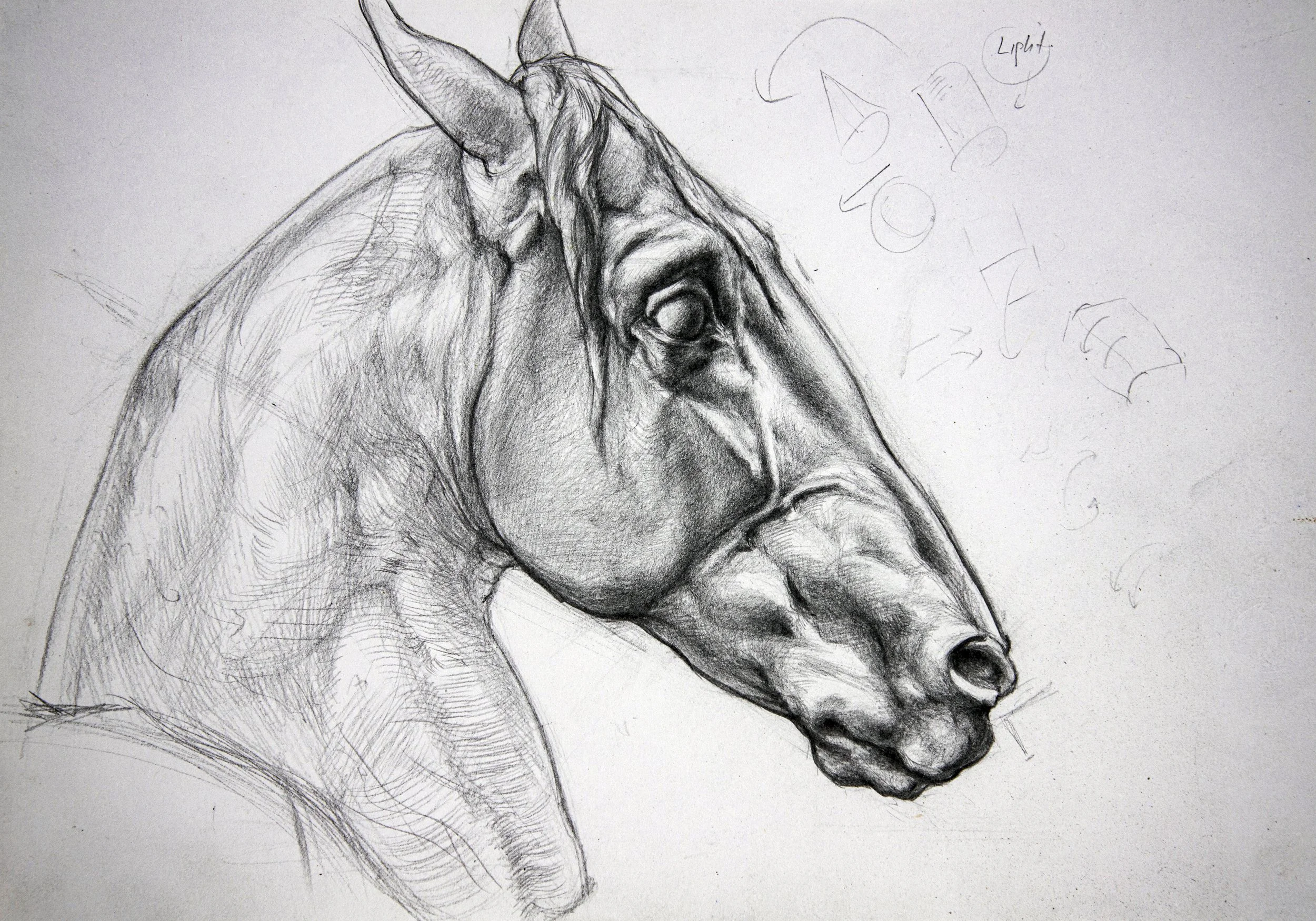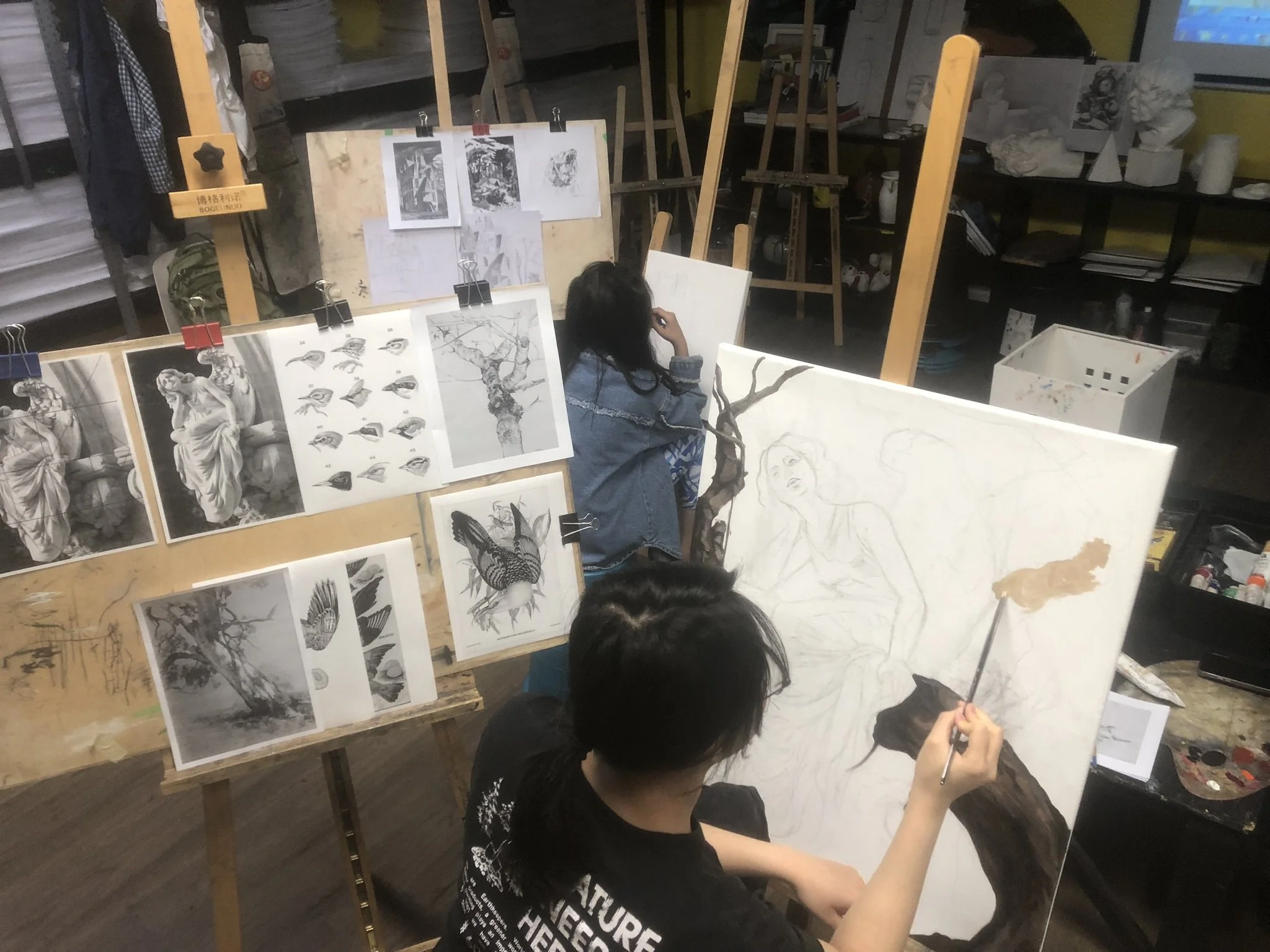
Art Modules and Student Work
I invent nothing, I rediscover.
― Auguste Rodin
Scroll ↓
-
To me, drawing is intimately connected to building your own personal visual language to convey your ideas. Making art is like facing a mirror, where anything you put in is reflected back to you.
Technique takes a backseat to the purpose of expression. We are all blessed with the ability to draw, yet one major obstacle stands in our way: the idea that there is a right and wrong way to do it.
In representational art, drawing is a crucial aspect of visual communication. As students learn about composition, perspective, line quality, values, and textures, they lay the groundwork for creating representational paintings and other forms of media.
However, the primary objective of an art teacher is to encourage each child to retain their individual style and mark-making techniques.
-
As part of the Ontario Curriculum's expectations for Understanding Media Forms, Conventions, and Techniques, students were given projects that allowed them to explore their creative abilities. Throughout these projects, students gained a better understanding of how their images communicate with their viewers and experimented with various mediums. By doing so, they became more familiar with the visual communication field. The goal of this project was to demonstrate to students that everyday tools, like a pen, can produce impressive visual results and facilitate their access to image-making.
Understanding the anatomy of the face.
To achieve the creative goals of the students, a wide range of resources are utilized.
In representational art, still lives help students develop a keen eye for comparing and translating nature onto paper.



































